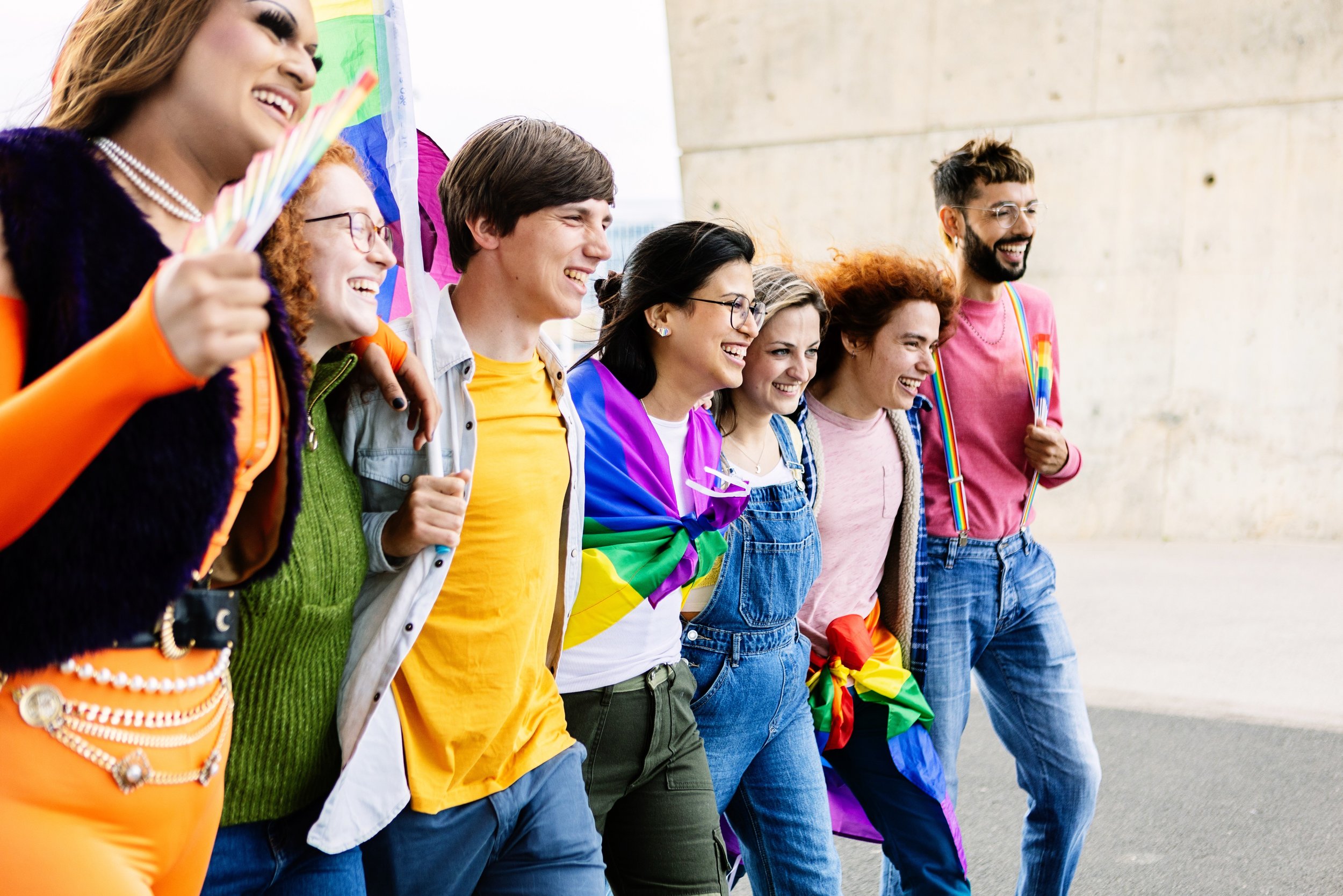What does LGBTQIA+ stand for?
Every June, the advent of Pride Month is celebrated with myriad events and marketing campaigns by numerous corporations. The term LGBTQ+ and its extended version, LGBTQIA+, has become more prominent in our discourse around this period. We have previously delved into the theme of LGBTQ+ through a mental health lens, and discussed the roots of Pride Month and its importance.
However, we believe it is pertinent to further break down the acronym LGBTQIA+, clarifying the significance of each letter and the inclusion of the plus sign “+” at the end. Some may still be unfamiliar with these nuances. This article aims to shed light on the explicit definitions of LGBTQIA+ terminologies, discuss their significance, and clarify the range of identities signified by the plus sign.
In LGBTQIA+, the "L" stands for lesbian, or women attracted to women. The "G" denotes gay, or men attracted to men. The term 'lesu' is sometimes used as a shorthand for lesbian in Japanese, but this term is often associated with the objectification of lesbians in Japanese culture, which undermines their dignity and authentic meaning. As such, its usage is typically discouraged.
"B" signifies bisexual, generally referring to individuals who experience romantic or sexual attraction to men, women, and other genders. This attraction to all genders is also denoted as pansexuality.
"T" often indicates transgender individuals, those whose gender identity doesn't align with the sex assigned to them at birth. This encompasses transgender women and men, as well as individuals who identify as neither male nor female. The term 'transgender' also covers 'trans non-binary' individuals (those who don't identify strictly as male or female, or identify as both) and 'trans-masculine' individuals (those assigned female at birth who identify more closely with masculinity or maleness).
The letter "Q" is commonly used to represent queer and questioning. Queer is used as an identity that challenges heterosexism and cisgender norms, or as an umbrella term for all sexual minorities. The term originated as a pejorative term meaning 'odd' or 'abnormal', but in recent decades, it has been reclaimed by the community to signify pride in their identities. 'Questioning' refers to individuals who are still exploring their sexual orientation or gender identity.
Recently, the acronyms "I" and "A" have been added, expanding the term to LGBTQIA+. "I" represents intersex individuals, those with physical characteristics that do not fit the binary classification of male or female biological sex. "A" stands for asexual individuals, those who experience little to no sexual attraction or desire.
The plus sign at the end represents various other identities not explicitly included in the LGBTQIA acronym, signifying the spectrum of human sexuality and gender.
When discussing LGBTQIA+ and Pride Month, it's crucial to refrain from using terms like 'normal'. These can inadvertently imply that being non-LGBTQIA+ is 'normal', which frames LGBTQIA+ identities as deviations from the 'norm'. This perpetuates narrow-minded norms that designate heterosexuality as 'normal' and uphold the gender binary as absolute.
Using specific, appropriate and accurate terms like 'heterosexual' or ‘straight’ can prevent such misconceptions.
Understanding and using these terms correctly is vital for recognising and respecting the diversity and individuality of people's experiences and identities. By recognising the implications of each letter and symbol, our society can strive for greater inclusivity and understanding.

